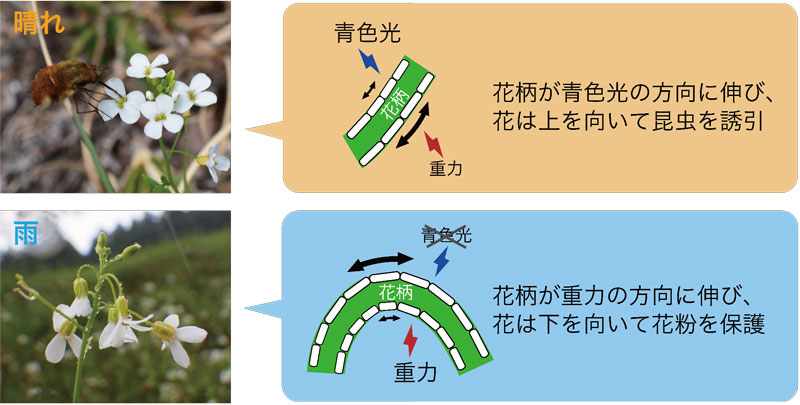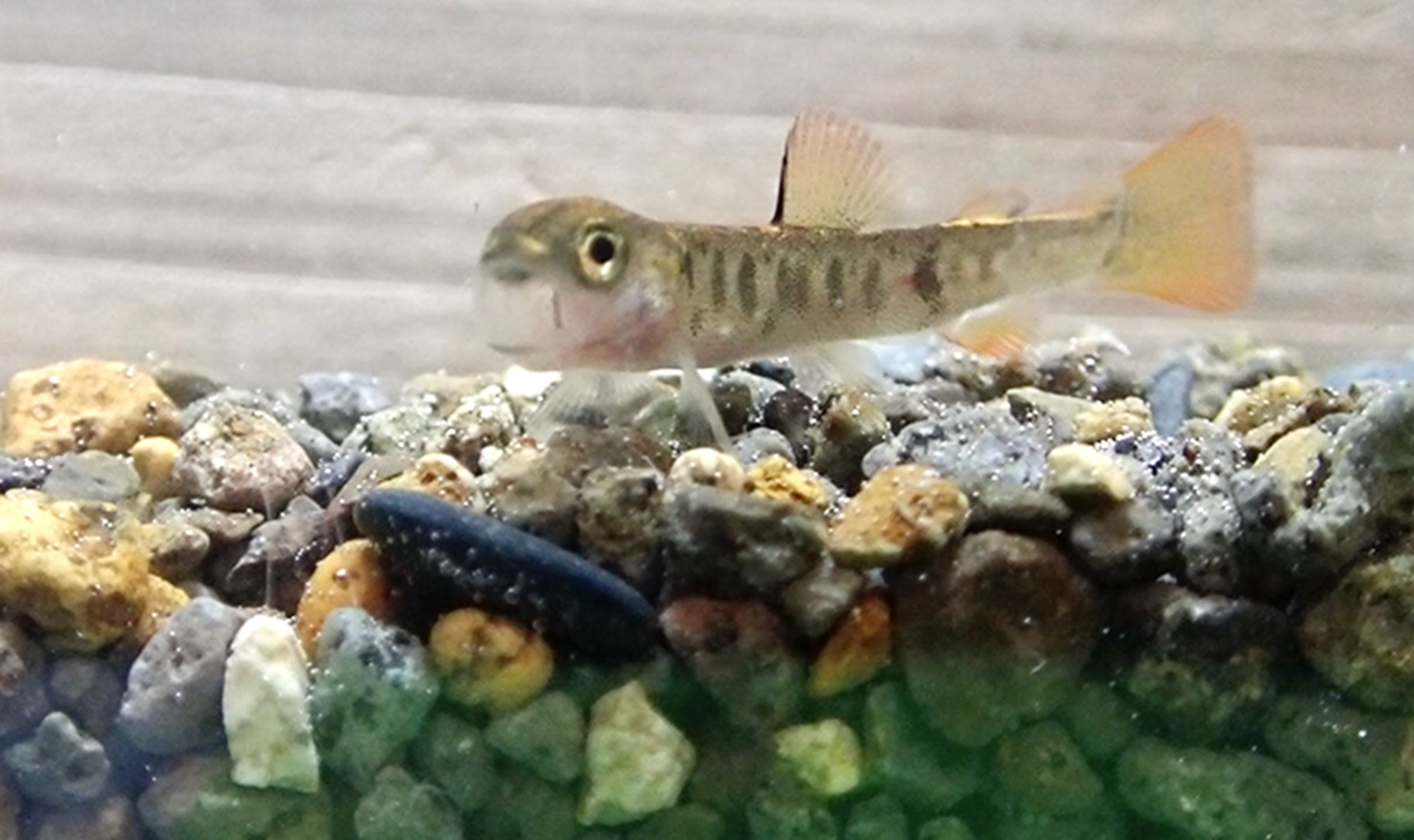2025-05-12 京都大学

<関連情報>
- https://www.kyoto-u.ac.jp/ja/research-news/2025-05-12
- https://www.kyoto-u.ac.jp/sites/default/files/2025-05/web_2505_Kudoh-4e5315655a9d618f6ec4bca1d3906612.pdf
- https://www.nature.com/articles/s41467-025-59337-6
天候に依存したトロピズムが誘引と保護を満たす花の動き Flower movement induced by weather-dependent tropism satisfies attraction and protection
Akari Shibata,Genki Yumoto,Hanako Shimizu,Mie N. Honjo & Hiroshi Kudoh
Nature Communications Published:03 May 2025
DOI:https://doi.org/10.1038/s41467-025-59337-6
Abstract
Flowers have antagonistic demands for reproductive success, that is, pollinator attraction and flower protection. However, how flowers accommodate these antagonistic reproductive demands has not been thoroughly analysed. In this study, we elucidate the mechanisms and adaptive significance of weather-driven flower movement in Arabidopsis halleri. The auxin-based elongation of flower pedicels causes the change in flower orientation. Combinations of the circadian clock and light conditions activate either phototropism of the flower pedicels to make flowers upward-facing in the sun or gravitropism to make flowers downward-facing in the rain. The upward- and downward-facing flowers enhance pollinator attraction in the sun and flower protection in the rain, respectively, and both responses are required to increase reproductive success. The present study demonstrates that the weather-dependent tropism of flower pedicels functions to satisfy antagonistic reproductive demands under changing weather conditions.


